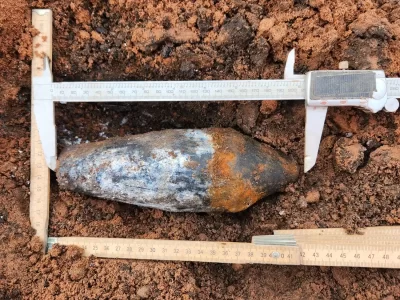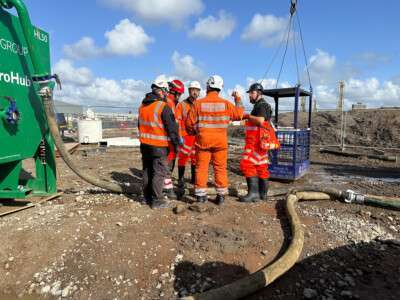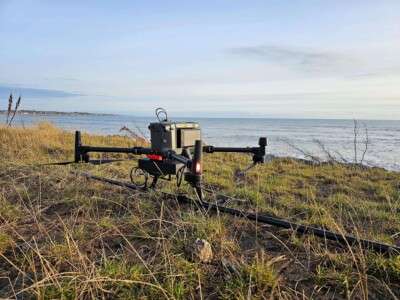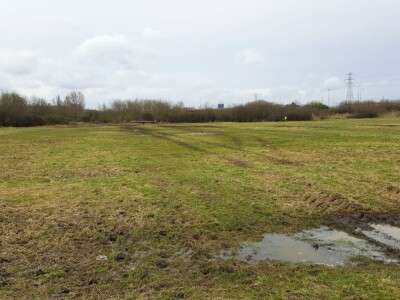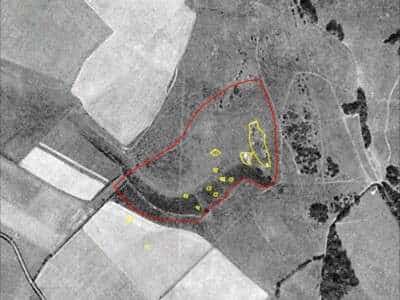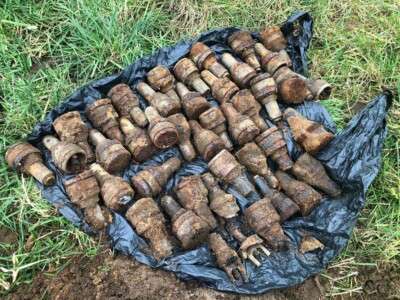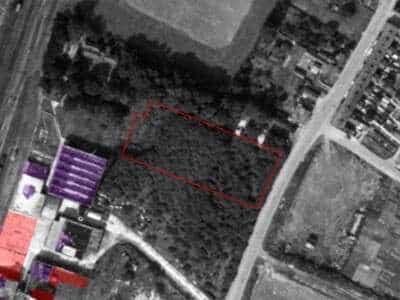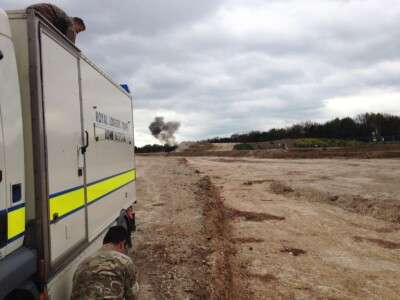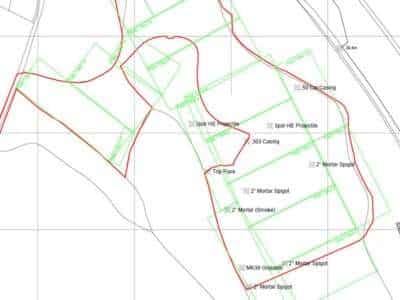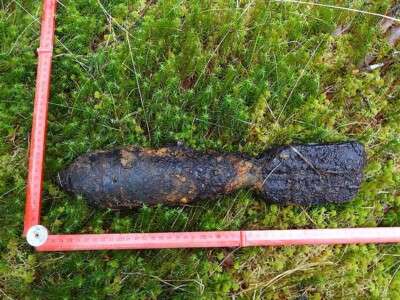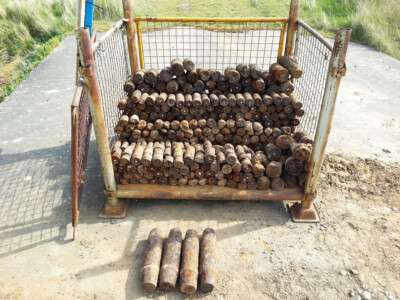Home » Resources » Case Studies »
Case Study Overview
Client
Norfolk Wildlife Trust
Location
Thetford, Norfolk
Industry
Land Management
Project Duration
December 2015 – December 2016
Services
Non-intrusive UXO Survey
UXO Support
– Target Investigation
34 Hectares
Surveyed & Investigated
60+
Items of UXO discovered
4,500+
Clients have used our UXO risk mitigation services
Challenge
In December 2015, 1st Line Defence were commissioned by Norfolk Wildlife Trust to provide UXO Support at a site near Thetford in Norfolk to determine whether any UXO contamination may be present prior to construction work commencing to develop a new culvert.
The client was aware that previous UXO finds had been made in the area, and wanted to make sure that their ground works could proceed safely for all of the workers on-site.
Process
Stage 1 – Risk Mitigation Strategy
Preliminary research was undertaken by our in-house Research team which showed the site area was part of a WWII-era practice bombing range. Therefore, there was a potential risk of UXO contamination from Land Service Ammunition (LSA), Practice Bombs, and other types of explosive ordnance that may have been used during training exercises.
Because of previous use and history of the main works area, the site was assessed to be at a ‘High-risk’ of UXO contamination being present, and additional UXO risk mitigation was recommended.
As the site was ‘greenfield’ and previously undeveloped, and taking into consideration the risk and the proposed scope of works – the client was advised that a Non-intrusive UXO Survey should be undertaken to minimise the risk of UXO contamination to as low as reasonably practicable (ALARP).
Stage 2 – Non-intrusive UXO Survey
A two-man team surveyed the main works area and the data was sent to our in-house Geophysical team for processing and interpretation. A false-colour map was produced which showed a number of sub-surface ferrous anomalies which were recommended for further investigation.
A number of targets were identified and modelled, and a selection were inspected by our Target Investigation team.
Stage 3 – UXO Support
The Target Investigation team relocated each target using GPS, utilising modelled masses and depths – to excavate each anomaly.
During the investigation phase all of the anomalies were found to be ordnance or ordnance-related, all understood to be related to the nearby historic firing range.
Due to the high amount of UXO recovered from the first investigation phase, the target list was amended to inspect 100% of all anomalies.
At the end of the operation a total of 63 UXO-related items were recovered, these included ‘live’ 3-inch HE mortar rounds and a ‘live’ British 500lb unexploded bomb.
The ‘live’ 500lb unexploded bomb and Mortar rounds were destroyed in-situ by the Ministry of Defence (MoD) and any Free From Explosives (FFE) or ordnance related scrap materials were safely disposed of by 1st Line Defence.
Outcome
Following several months of surveys and ground investigations, the risk from UXO was reduced to ALARP status – no further suspicious items were discovered and the development was completed by December 2016.
The presence of UXO did cause a small delay to the project, but through careful communication with the clients’ site manager – the project was completed on-schedule and most importantly, the safety of all workers on-site was maintained at all times.
Contact Us
* indicates required fields
